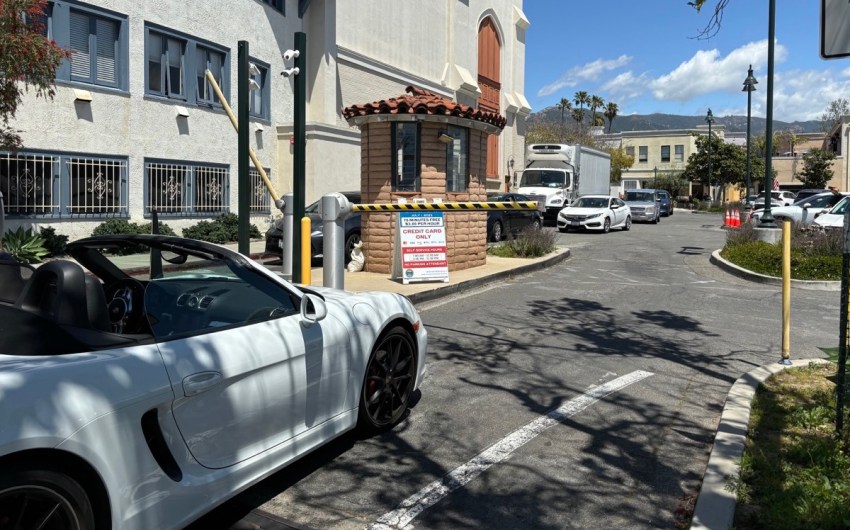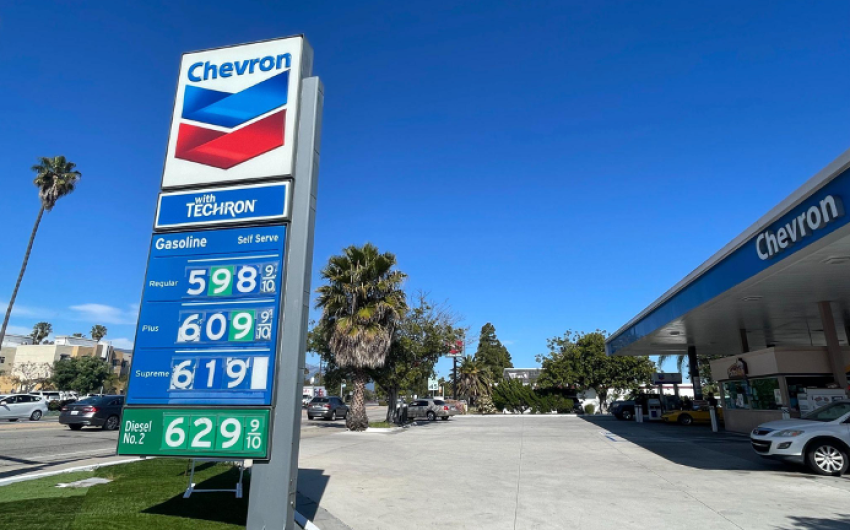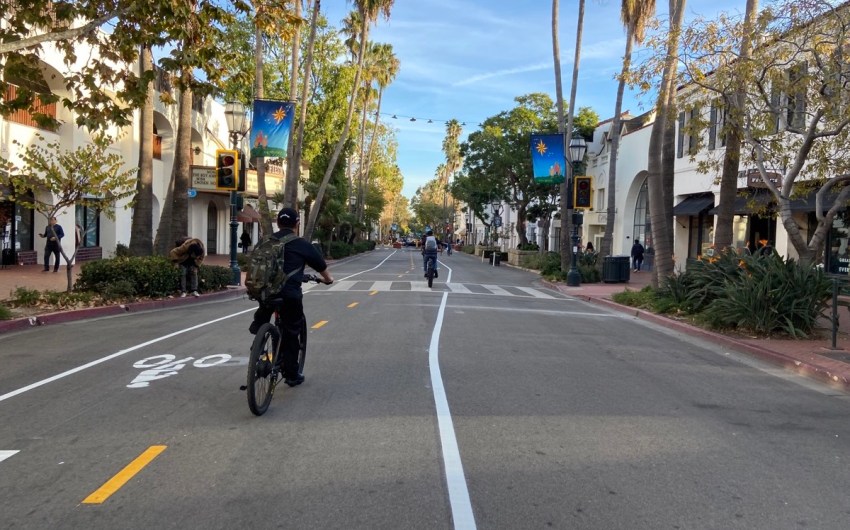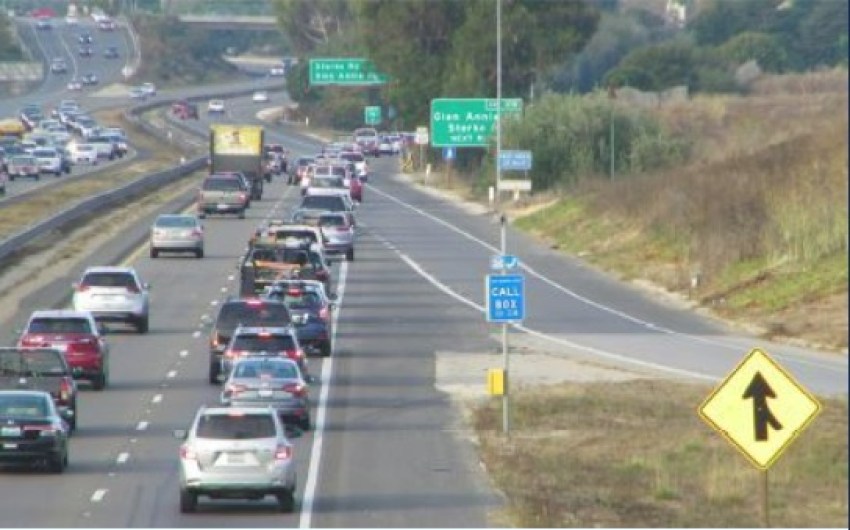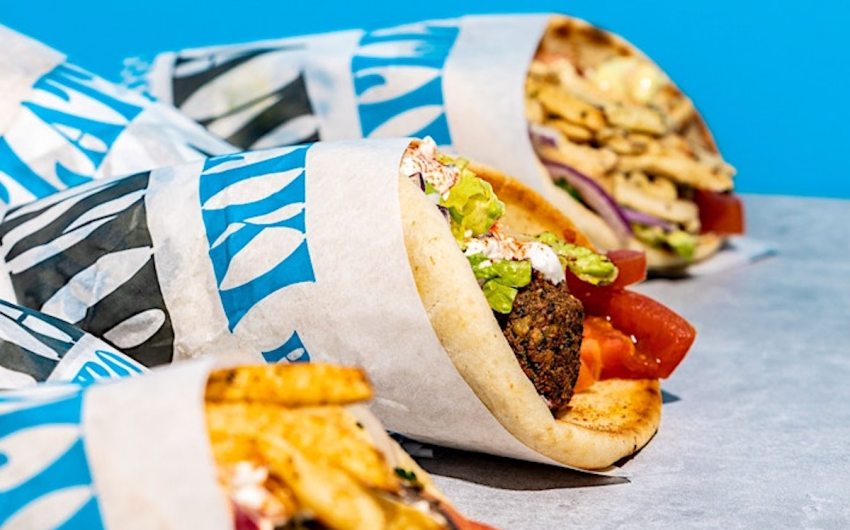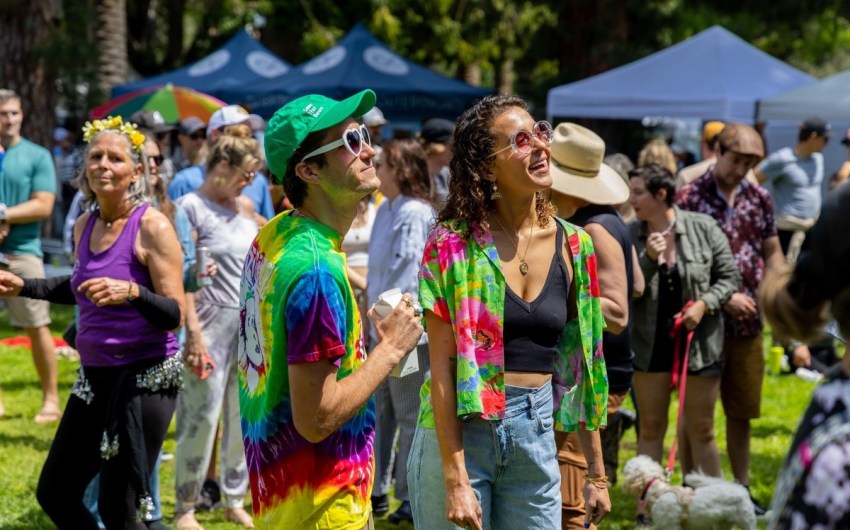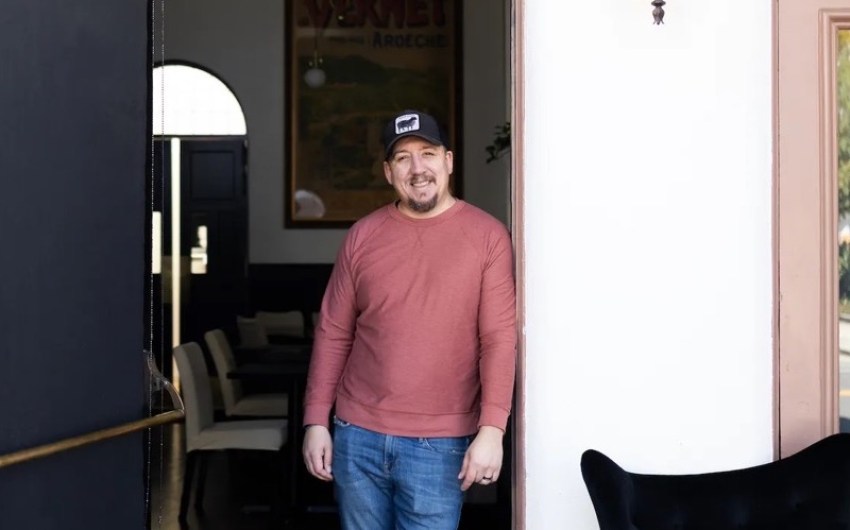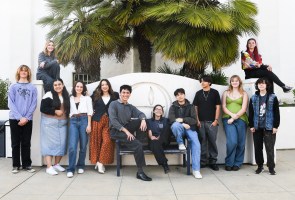Santa Barbara to Seek Grant Funding for Lower Eastside Pedestrian and Bicycle Bridge
City Council Unanimously Approves Plan to Apply for State Funding for $32 Million Bridge Across Highway 101
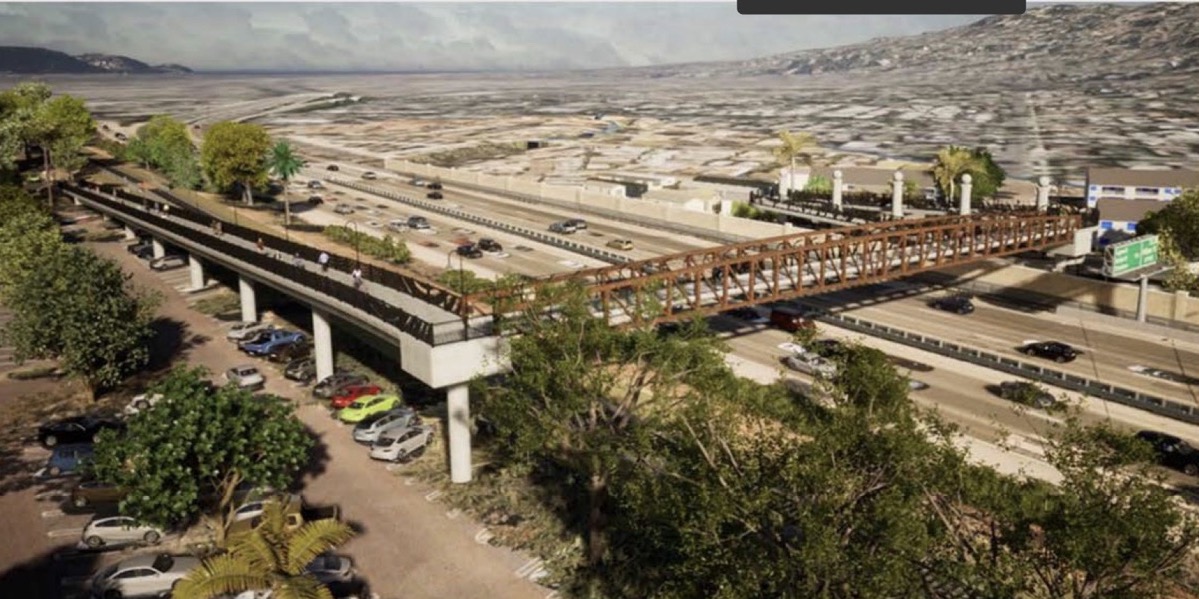
It may be a while until the project comes to fruition, but the Santa Barbara City Council gave unanimous approval on Tuesday to move forward with a grant application process that could help the city fund a $32.5 million bicycle and pedestrian bridge connecting the Lower Eastside neighborhood to the areas just across the freeway such as Dwight Murphy Park, the Santa Barbara Zoo, and the beach.
The project is part of the long-range Lower Eastside Connectivity plan that would include $8.2 million in street safety enhancements — which would be funded completely through the Solutions for Congested Corridors grant program — and the bridge itself, which would stretch from the Eastside near Canada and Pitos streets across Highway 101 to allow pedestrians to exit by Dwight Murphy Park. The project would still need to secure funding through state grants and go through multiple rounds of review.
Project Planner Chelsey Swanson presented the history behind the bridge project, and explained the funding method, which would allow the city to offer matching funds toward the project in order to make the application “more competitive.” The city could pay 20 percent, or $6.5 million, and potentially be approved during the next round of funding, or it could apply without any matching funds to “see how project scores,” Swanson said, and potentially “make the project more competitive for future grant opportunities.”
Swanson said that the city has been pursuing a bridge connecting the cutoff portions of the Eastside to the zoo and beach areas for decades. Residents in the area currently have to navigate to the Cacique and Milpas highway crossing or the Cabrillo undercrossing more than a mile and a quarter away, and in 2006 the city identified the need for a bridge that would make the waterfront more accessible for those on the other side of the freeway.
“We’ve heard from the community for many years that there is a need for better connectivity to the waterfront,” Swanson said. She presented a few renderings of the proposed bridge, which is a utilitarian steel truss structure that is still in its conceptual stages.
Under normal circumstances, a pedestrian bridge with a price tag of more than $30 million might make the city hesitant, but Swanson explained that the state’s Active Transportation Program (ATP) has become a “game changer,” with more than $450 million in grants handed out across the state every two years since 2014 for transportation-related projects.
In 2018, the city received an ATP grant to start the planning effort, and when the money was allocated in 2020, there was a public outreach effort to see if the community still wanted the city to pursue the project if there was state funding. This included several public forums and in-person meetings held on the Eastside, social media posts, city news blasts, and an online survey that found 60 percent community support for the project.
During council discussion, Councilmember Kristen Sneddon wanted to make it crystal clear to the public that, despite the hefty price tag, the city would not be investing any money into the project that would divert funds from other higher priority items, such as storm drainage, homelessness, or housing.
“This is to approve an application for grant funding,” Sneddon said. “I don’t know if we can make it even more clear.”
Councilmember Eric Friedman wondered if applying for the grant would end up costing the city money in staff time and said he had “a little bit of concern about applying for a project when, let’s be honest, we don’t think that we’ll get it.”
Supervising Transportation Planner Jessica Grant explained that if the city decided to apply for the grant during the next cycle in June, it wouldn’t take much more staff effort than copying and pasting from the feasibility study, which was already done and paid for. And even if the city had no matching funds available this year, submitting an application would help city staff see any deficiencies that could be cleaned up during the next application cycle, when the city might be able to offer more funds and be in a better position for grant approval.
Every member of the council supported the recommendation to move forward with the transportation plan, though several voiced concerns about the level of community engagement that went into the planning to this point. Councilmember Alejandra Gutierrez asked that there be “more concrete data on community outreach,” and recommended a door-to-door approach as the project moves forward through potential design and construction.
But, as Mayor Randy Rowse reiterated, it’s just the next logical step in a long journey. And given the lack of potential matching funds in the near future, he doesn’t want the city to give Eastside residents “false hope” that the bridge will happen anytime soon. “It’s not going to happen tomorrow,” he said.
Premier Events
Sun, Apr 28
6:00 PM
Santa Barbara
AHA! Presents: Sing It Out!
Thu, May 02
5:00 PM
Santa Barbara
Things with Wings at Art & Soul
Sat, May 04
10:00 AM
Lompoc
RocketTown Comic Con 2024
Sat, Apr 27
11:00 AM
Santa Barbara
Santa Barbara Plant Fest
Sat, Apr 27
3:30 PM
Santa Barbara
Santa Barbara Trapeze Co and Unity Shoppe Spring Food Drive
Sat, Apr 27
8:00 PM
Santa Barbara
Beau James Wilding Band Live
Sun, Apr 28
11:00 AM
Santa Barbara
Santa Barbara Earth Day Festival 2024
Wed, May 01
7:30 PM
Santa Barbara
American Theatre Guild Presents “Come From Away”
Thu, May 02
5:00 PM
Santa Barbara
100th Birthday Tribute for James Galanos
Thu, May 02
5:00 PM
Santa Barbara
Meet the Creator of The Caregiver Oracle Deck
Fri, May 03
4:00 PM
Santa Barbara
Santa Barbara Fair+Expo “Double Thrill Double Fun”
Fri, May 03
8:00 PM
Santa barbara
Performance by Marca MP
Sat, May 04
10:00 AM
Solvang
Touch A Truck
Sun, Apr 28 6:00 PM
Santa Barbara
AHA! Presents: Sing It Out!
Thu, May 02 5:00 PM
Santa Barbara
Things with Wings at Art & Soul
Sat, May 04 10:00 AM
Lompoc
RocketTown Comic Con 2024
Sat, Apr 27 11:00 AM
Santa Barbara
Santa Barbara Plant Fest
Sat, Apr 27 3:30 PM
Santa Barbara
Santa Barbara Trapeze Co and Unity Shoppe Spring Food Drive
Sat, Apr 27 8:00 PM
Santa Barbara
Beau James Wilding Band Live
Sun, Apr 28 11:00 AM
Santa Barbara
Santa Barbara Earth Day Festival 2024
Wed, May 01 7:30 PM
Santa Barbara
American Theatre Guild Presents “Come From Away”
Thu, May 02 5:00 PM
Santa Barbara
100th Birthday Tribute for James Galanos
Thu, May 02 5:00 PM
Santa Barbara
Meet the Creator of The Caregiver Oracle Deck
Fri, May 03 4:00 PM
Santa Barbara
Santa Barbara Fair+Expo “Double Thrill Double Fun”
Fri, May 03 8:00 PM
Santa barbara
Performance by Marca MP
Sat, May 04 10:00 AM
Solvang

